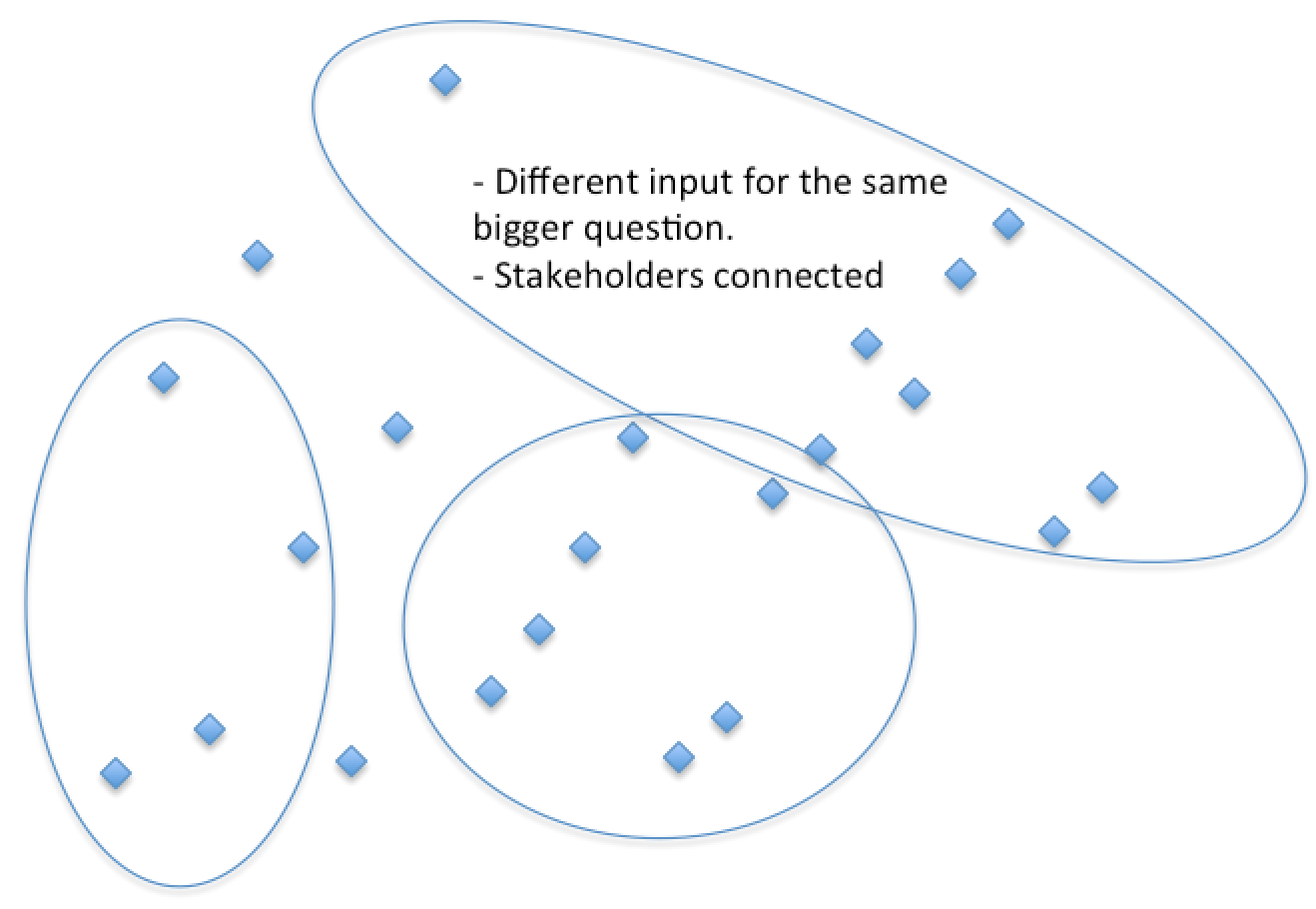Are you an analyst stuck in a bombardment of ad hoc questions? Then you are probably not in a situation to act as an analyst at all and you need to change your situation to become more relevant to the organization.
In the left end of the scale below you have stakeholders coming to you ad hoc, asking you to give them some numbers about something. This is where you don´t want to be. “Give me what you got on X”, would be a typical example of a useless question, bringing about a lot of work with an uncertain output value.
In the right end of the scale you have a discussion with your stakeholders about what issues/challenges lies at hand and what input might be needed for constructive discussions and informed decisions on these issues. This is where you do want to be.
So how do you get there; from the pushed back position of delivering data of unknown value ad hoc, to the forward leaning, proactive position of solving problems and setting the agenda.
Well, no one else will do it for you, your stakeholders will keep on doing things the way they are doing things. So first of all recognize the eternal rule of getting things done; make the problem your own (it is not nice, but it is true non the less). Then your own actions can create change.
Secondly; start asking questions. This is what will bring about change:
What do you need it for? When are you going to use it? Who is going to look at it besides you? What will you do with it? What case are you working on? Does this have anything to do with the questions Mr/Mrs X asked me yesterday? Are you sure you need all of this? What is the reason you want this and not that? Etc. Etc.
So why all these questions? After all you will finish the task faster if you just do it, without starting some inquisitive conversation that no one has asked for. The answer is that it will bring you closer to an understanding of what is going on in the company.
As your understanding increases regarding what the real questions are and why they are being asked, this will help you connect the dots between all the scattered ad hoc questions, and bring you closer to a coherent view.
So, with a lot of seemingly disconnected ad hoc questions coming in, your work situation will be like a scatter plot. But as you start asking for some clarifications, every time you are being asked to produce some figures, the scattered dots will start connecting.
And now you can start being proactive. If someone comes to you ad hoc, asking for some very specific, or very general, information there is no room for proactivity. But if you know what the real, bigger, question is, then you can really start figuring out the best way to approach the problem. You can start suggesting to your different stakeholders what they need (and of course you can motivate why you make that suggestion).
So start asking questions. You will force people to motivate their questions, and this in turn will force them to think. Not always pleasant, but in the end you will find yourself having very initiated and constructive discussions with your stakeholders. And you will become a highly valued speaking partner in the interesting field of problem solving and business development. Not merely the data-delivery-guy.
Andreas Franson, andreas[@]internetintelligence.se,+46 733 56 41 51


